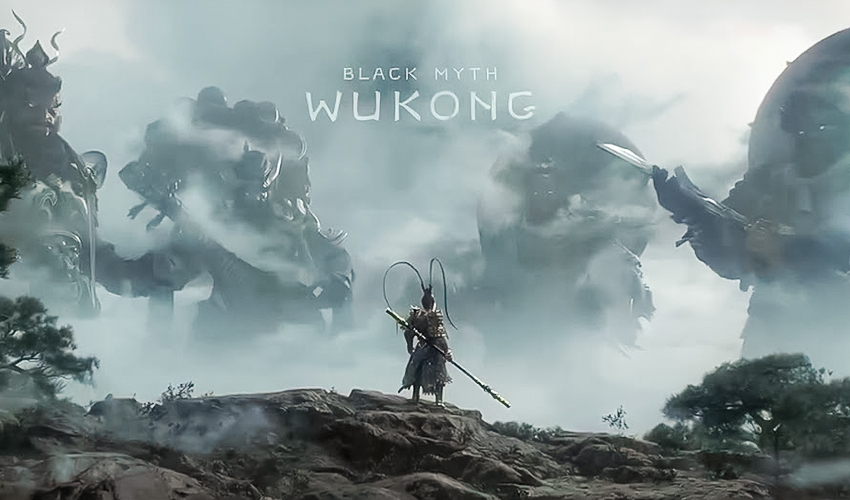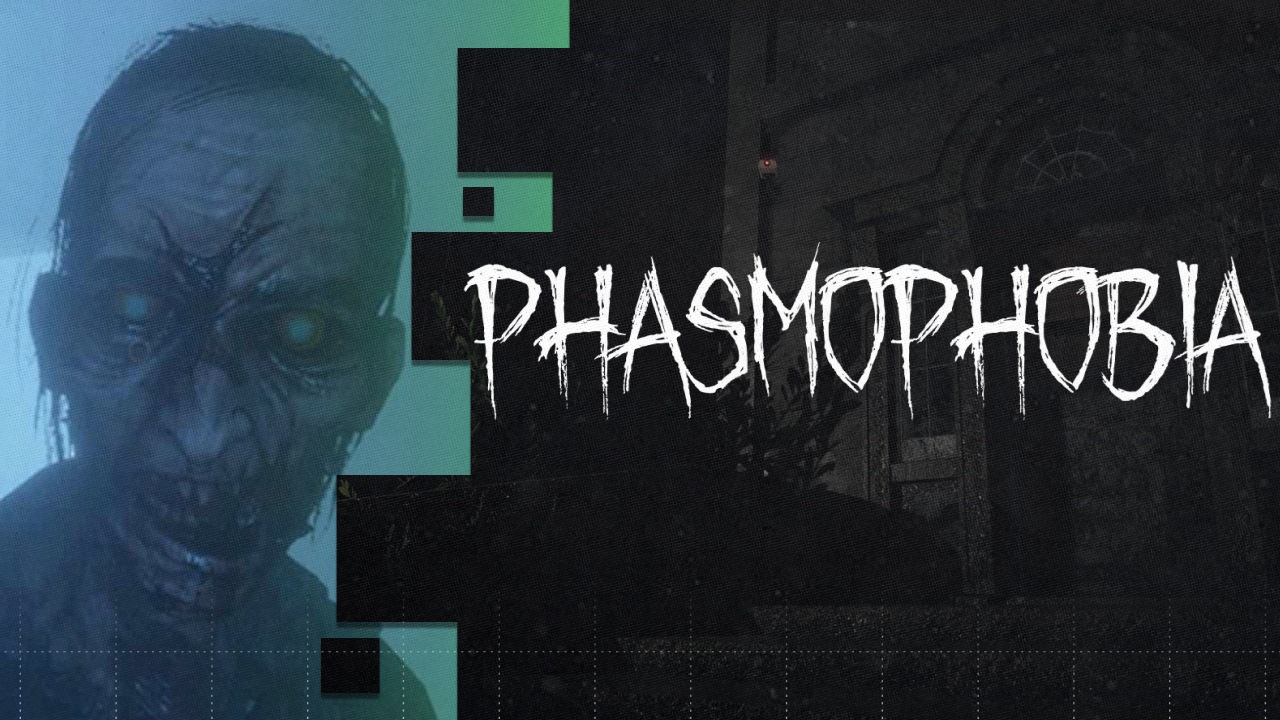There’s something deeply sobering about hearing Masahiro Sakurai on creating games say that the way we’re making video games right now simply can’t last.
When someone who helped shape the very fabric of modern gaming—from Kirby to Super Smash Bros.—warns that development has become “too time-consuming and unsustainable,” you can’t just brush that off. I didn’t. I couldn’t. Because here’s the thing—I get it. Entirely.
I’ve watched this industry shift over the past decade. I’ve seen games like Cyberpunk 2077 and Starfield take years to bake, sometimes at great human cost. I’ve witnessed promising indie teams burn out trying to chase AAA polish. I’ve seen crunch cycles become standard, DLC pipelines stretch developers thin, and technical demands skyrocket thanks to the pressure of next-gen consoles and PC builds.
Sakurai isn’t exaggerating. Game development is broken. And it’s hurting the very people who pour their souls into these experiences. When Masahiro Sakurai on creating games says we’re heading toward a wall, I believe him.
But where I respectfully part ways with him is on the solution. Sakurai sees generative AI as a possible key to solving this growing crisis. To him, it’s a way to reduce labor, streamline asset creation, and alleviate some of the crushing weight developers now bear.
From character models and voice acting to basic code and even level design, he envisions AI lightening the load—making the impossible feel achievable again. And while I admire his optimism in technology, I can’t fully stand behind this vision.
Not because AI is inherently bad—it’s not. But because it’s not enough, and worse, it risks stealing the very thing that makes video games worth playing: human expression.
The Real Problem Isn’t Lack of AI—It’s Lack of Human-Centered Design
Games didn’t become “too big to build” because of a lack of tools. They became unmanageable because of how we build them—and what we expect from them.
It’s not that games need to be easier to make. It’s that they need to be smaller, smarter, and more soulful.
I’d rather see studios stop chasing photo-realism and 100-hour open worlds and start focusing on heartfelt stories, innovative mechanics, and emotional experiences—the stuff that can only come from real people with real perspectives.
I want to see more games like Hollow Knight, Undertale, Celeste, or Disco Elysium—games that wear their humanity proudly, even if they don’t cost $100 million to make. AI can’t replicate that. At least not in a way that matters.
A Human-Centered Solution to the Crisis
Instead of building a future around AI, what if we built a future where humans are empowered to do their best work—without being crushed by the weight of mega-projects?
Here’s what I believe the industry really needs:
1. Smaller, More Purposeful Games
Not every title needs to be a 500-hour epic. Let’s value shorter, more meaningful games that say something. Games that tell stories that matter. Games that can be built by 10 passionate people instead of 300 overstretched ones.
2. Artisan Studios Over Assembly Lines
Encourage cross-functional teams where creativity flows between roles. The rigid, corporate structure of AAA studios isn’t conducive to innovation. Give developers the space to experiment, fail, and refine—not just meet deadlines.
3. Player Expectations Need a Reset
Gamers (myself included) must stop expecting every game to be an all-encompassing universe. We need to embrace the beauty of compact, complete experiences that don’t need patches, DLCs, or sequels to feel whole.
4. Better Tools—Not Replacements
Yes, AI can help—especially with things like bug testing, placeholder art, or NPC behavior trees. But it should assist humans, not override their creativity. Let’s use AI like we use Photoshop or Unity: to bring human ideas to life, not generate them in a vacuum.
The Soul of a Game Can’t Be Generated
When I play a great game, I don’t remember the frame rate or the ray-tracing. I remember how it made me feel.
The final fight in Shadow of the Colossus. The silent walk through Firewatch. The moral ambiguity in Fallout: New Vegas. None of those moments could’ve come from an algorithm. They came from people—artists, writers, animators, and designers who poured their hearts into every frame.
That’s the core of what Masahiro Sakurai on creating games has always stood for: the art of creating games that move people. And while I understand his concern that this art form is becoming too heavy to carry, I don’t think we solve that by handing the brush to a machine.
We solve it by scaling our ambition to match our humanity—not our hardware. We solve it by valuing people as much as pixels.
Final Thoughts About the Stance of Masahiro Sakurai on Creating Games
So yes, I echo Masahiro Sakurai on creating games when he says the industry is struggling. But no, I don’t believe AI is the lifeline we need.
Our real lifeline is returning to games made by humans, for humans, where the messiness of emotion and imperfection is not a bug—but a feature. Because in the end, it’s not the tech that makes a game timeless—it’s the soul behind it.
Be sure to read our other feature articles to keep up with what’s hot and what’s not in the gaming world. Stay tuned and catch the gaming current with GameEels!







